E/M Experiment based on Thompson Method
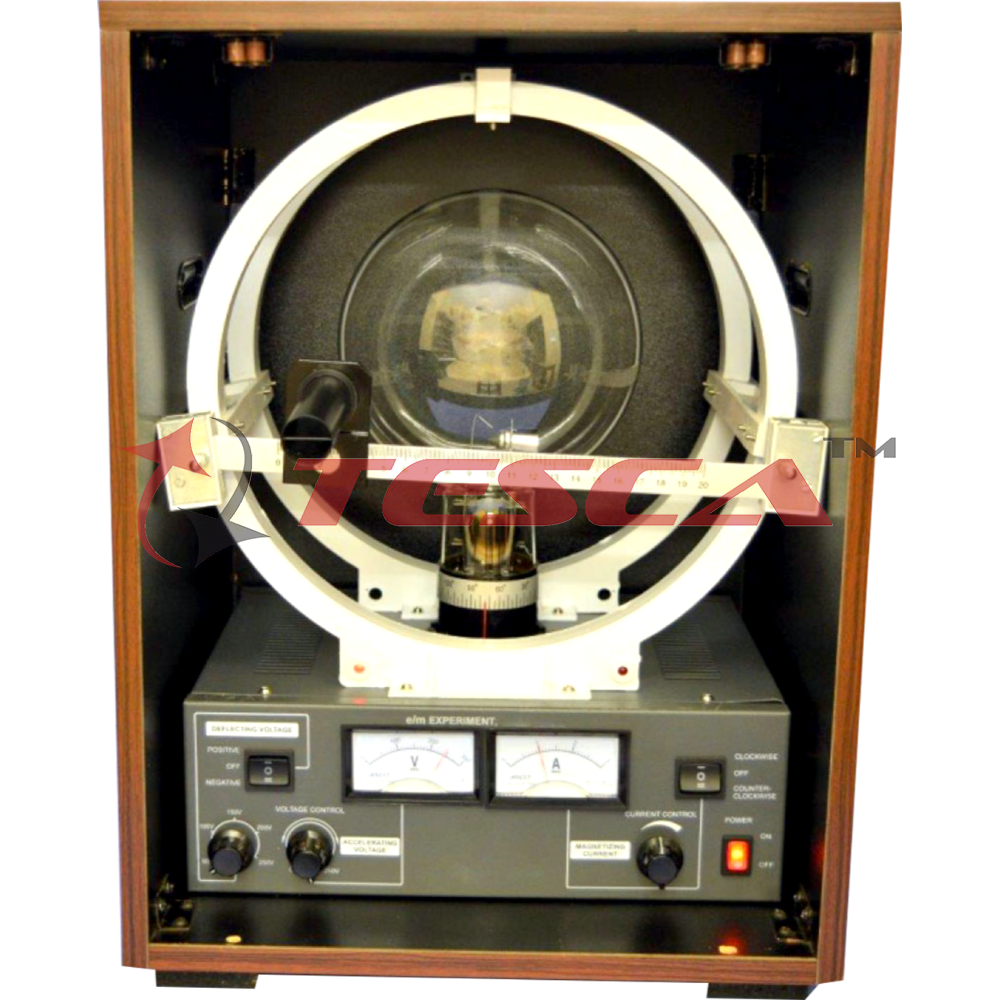
Order Code: 55521
Category: Physics Trainers
The Vibrating Sample Magnetometer (VSM) measures the magnetization of a sample of magnetic material under an external magnetic field by converting the dipole field of the sample into an ac electrical signal. A vibrator along with its electronics vibr...
SPECIFICATION
The Vibrating Sample Magnetometer (VSM) measures the magnetization of a sample of magnetic material under an external magnetic field by converting the dipole field of the sample into an ac electrical signal. A vibrator along with its electronics vibrates the sample with a fixed frequency and stabilized amplitude. The sample is driven to vibrate. Due to changes in flux, voltage proportional to the sample's magnetic moment is induced in the pickup coils. By calibrating this voltage to magnetic moment using calibration standards and measuring the magnetic field, the magnetic moment of the sample can be obtained. The software controls the instrument and measures the magnetic moment. Hysteresis Loop can also be drawn through this software and its parameters calculated.
e/m=8V/B2d2
This set-up can also be used to study various features of Lorentz force F = e (E V x B) by observing the electron beam deflection for different directions of the magnetic field and different orientations of the e/m-tube.
Description of the experimental set-up
The central part of the set-up is the e/m-tube. This is energized by
(i) Filament current supply,
(ii) Deflection plates voltage supply,
(iii) Continuously variable accelerating voltage supply to the anode.
The tube is mounted on a rotatable socket and is placed between a pair of Helmholtz coils. The tube can be rotated about a vertical axis, varying the orientation of the electron beam with respect to the Helmholtz coils. This allows deflection of the beam to be demonstrated for various orientations of the beam direction, circular, helical or undeflected paths can be seen. The direction of the current can be changed. The magnetizing current I and the accelerating voltage V are respectively measured by an ammeter and a voltmeter mounted on the front of the panel. The diameter of the electron beam path is measured by a detachable scale mounted in front of the bulb of the tube. This scale has a slider with a hollow tube (fitted with cross wires at its both ends) to fix the line of sight while making the measurements of the beam path diameter. Base of the unit contains the power supply that provides all the required potentials and the current to the Helmholtz coils. The entire apparatus is contained in a wooden case for convenient storage.
Specifications
Helmholtz coils of radii : 14 cm
Number of turns : 160 on each coil
Accelerating Voltage : 0 - 250V
Deflection plates voltage : 50V - 250V
Operating Voltage : 220V AC/ 50Hz
Typical results obtained with the above set-up for variation of the diameter of the electron beam path with the accelerating voltage for a current of 1A to the Helmholtz coils are shown in the following graph. They lead to e/m equal to 1.77x1011 coul / kg.

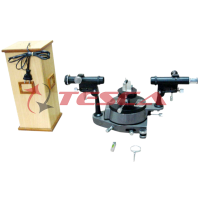

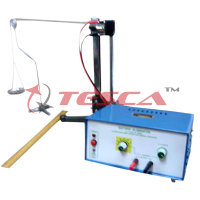


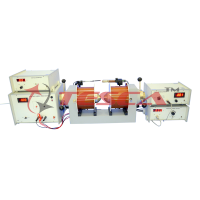
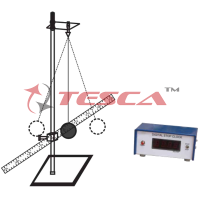

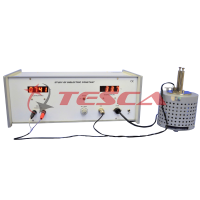

 91-9829132777
91-9829132777